A small space that could be seen in under an hour, the Museu del Calçat presented the history of footwear, from the ancient Egyptian sandals to 18th-century shoes.
Originally located on Calle Corribia, a Renaissance building in the medieval historic enclaves of Barcelona, the museum had to be moved shortly after the civil war to avoid its own complete destruction. The museum has been closed since the end of 2015, waiting for a new space to showcase its shoe collection.
Related article: The best women’s shoe stores in Barcelona
Table of Contents
Shoes to be seen
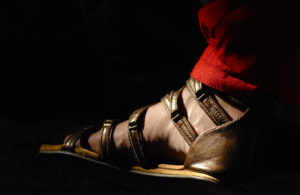


Photo by pedrosimoes7 via Visual hunt
The Footwear Museum’s collection has 2000 years of shoe history. The shoes from the Roman Era are mostly reproductions based on original documentation but there are also original pieces that were used by roman shepherds, villagers, and even slaves.
The collection goes beyond the Roman empire, showing all kinds of styles, such as clogs, silk shoes, pumps, delicate women’s shoes, oriental slippers, and several types of boots, like musketeers, military, horse ridings, and some examples of boots designed for Luis XIV and XV.
There are a few special items in the museum’s collection, shoes from famous personalities such as the ex-president of the Catalan government Jordi Pujol, the famous Catalan cellist and conductor Pau Casals, the clown Charlie Rivel and even some boots that have been worn to climb Mount Everest.
Related article: Where to find espadrilles in Barcelona
More than shoes
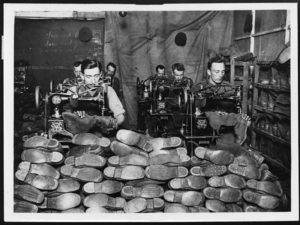


Photo by National Library of Scotland via Visual hunt
Other then the design and fashion of so many eras, the collection also has a number of photographs that show the work of cobblers through history. The photo exhibit is complemented by the materials used to make the shoes, such as leather, machinery, and tools used by the cobblers from different times to manufacture hand-made shoes.
One of the most curious items in the museum’s collection is the world’s biggest shoe, registered in the Guinness book of world records, measuring 1.22 meters. It is the mould for Christopher Columbus’ statue shoe, which can be found at Passeig de Colom.
Be sure to check the newspaper to find out when the museum will open its doors again!









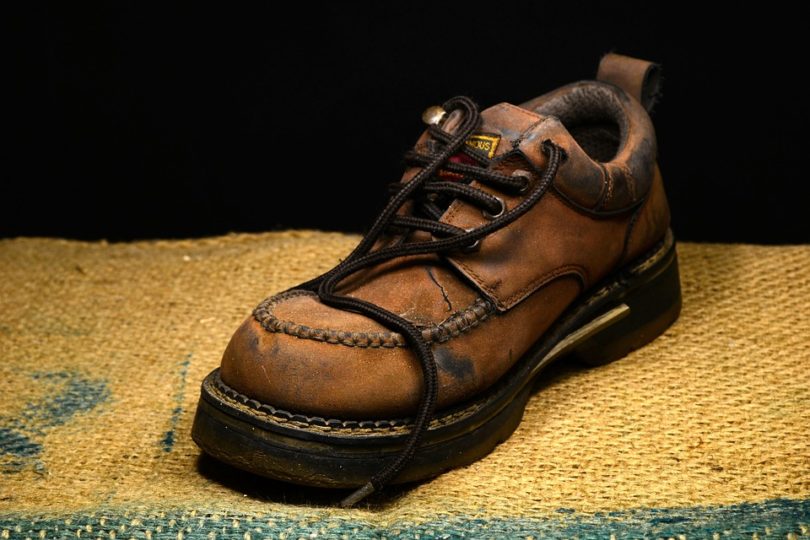

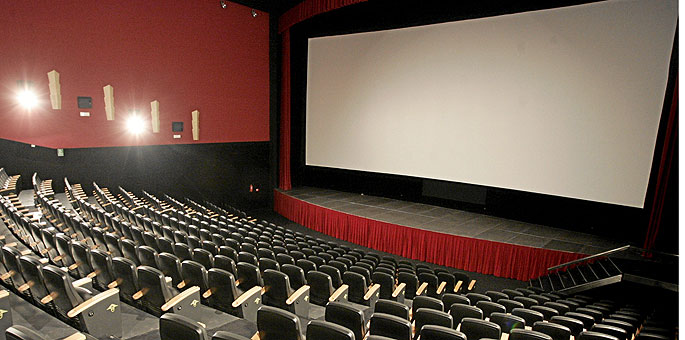
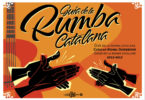








Leave a Comment